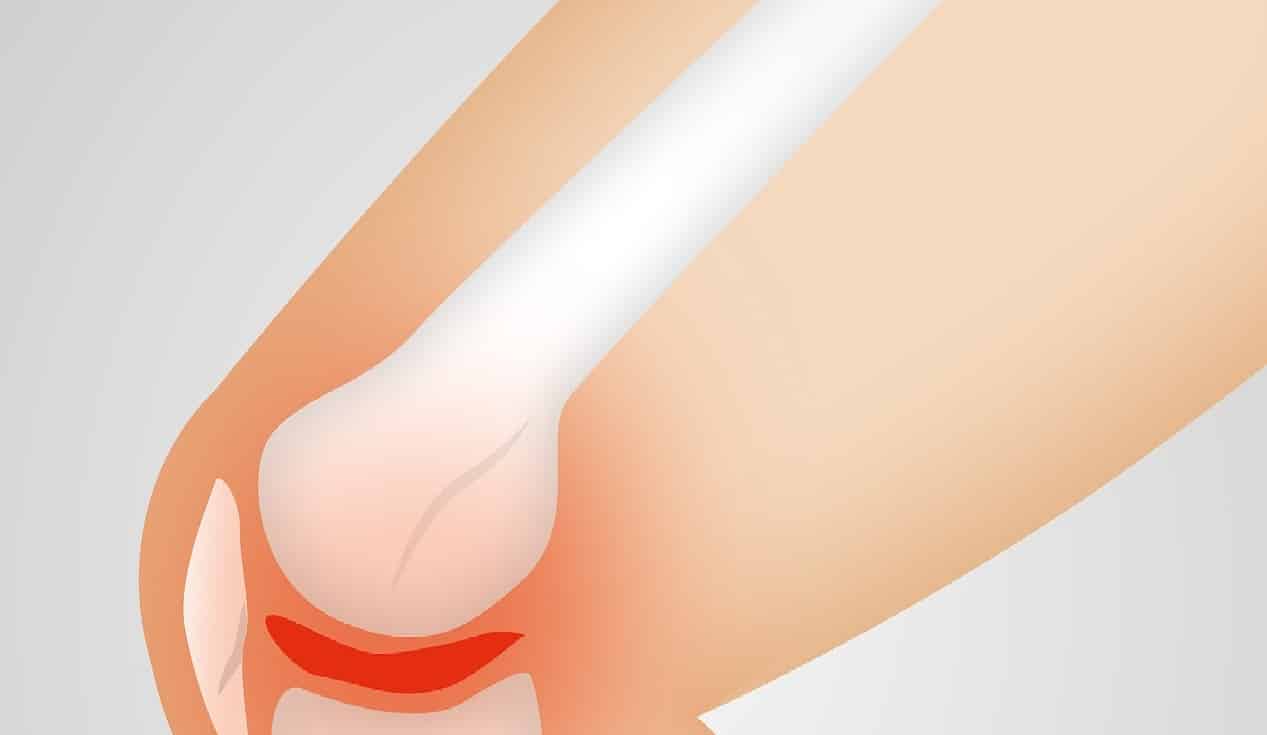The arthrosis and its symptoms. How to tell if joint problems are caused by arthrosis or other things? At Nefrocenter Diagnostica it’s possible to undergo all tests to find out the health state of the joints.
In this way, if arthrosis gets detected, the correct therapy to perform gets programmed to prevent the problem from escalating.
The onset of arthrosis usually occurs after the age of 50 and can affect both men and women, it can be affected by lifestyle and work activity.
However, women are the ones to be most affected in the post-menopause phase due to the hormonal changes in their body.
What is arthrosis
Arthrosis is the disease caused by a deterioration of the joints, which register a reduction of the cartilage.
The main cause is the aging of the human body. The most affected parts are the hips, the knees, and the spine. It can also affect the hands and the feet, although in a less severe way.
The disease manifests itself with the deterioration of the cartilage that covers the bones. Cartilage’s purpose is to reduce friction; for this reason, when it gets damaged, it can generate various problems.
One of them is the loss of elasticity. For instance, in the knee, the bending might decrease, become stiffer, and as a result might cause bone injury. The tendons and ligaments in the affected joints become inflamed causing pain as a result. In the worst cases, the bones end up rubbing against each other, causing an increase of pain, swelling and stiffness. Osteophytes might also appear.
What are osteophytes
Osteophytes are outgrowths, also called spouts, that form when there’s a chronic degeneration of the body’s bones. They can appear in the knee, hip, and discs of the spine.
Initially, they don’t cause pain, but their presence can inflame the joint and consequently generate pain. In some cases, this also occurs acutely, especially during physical activity. Osteophytes are especially visible on the hands.
What causes arthrosis
Some factors, in addition to age, can cause arthrosis. The most important one is heredity, which means that the disease gets transmitted through generations.
Those who have felt joint injuries or fractures can have arthrosis. Overweight and obesity also have an impact. In fact, the body’s weight carried for a long time ends up damaging the joints, since they’d carry a greater load than they can bear. In this case, the hips, the knees, and the feet are the parts most at risk.
There are also certain deteriorating jobs that can cause arthrosis, such as those that require to kneel or use the fingers or the shoulders.
Work isn’t the only activity that can cause this disease. Sports too. In fact, soccer players subject the cartilage of the knees and the ankles to continuous stress and can experience arthrosis.
If a person has arthritis that manifests as a gout, pseudo-gout, or rheumatoid arthritis, it can cause arthrosis. Other diseases, such as the circulatory ones, can also cause it: these are hemophilia and avascular osteonecrosis.
Differences between arthritis and arthrosis
Arthritis is an autoimmune disease. It means that the body no longer recognizes cells and tissues of its own immune system and attacks them. It’s basically an inflammation of a membrane. Arthrosis, on the other hand, is a degenerative disease.
Arthrosis’ symptoms
The symptoms of arthrosis are stiffness in the joints, the onset of pain which can also persist over time, and difficulty in movement due to limited use. Pain is indeed one of the main symptoms, because it’s mechanical. It can appear after physical effort or when loading the affected joint. It’s usually more intense in the evening and decreases with rest. In some cases, it’s possible to hear the joint cracking and making noises that doctors indeed define as “joint cracks”.
In some people the symptoms are not as obvious and only an X-ray can make the diagnosis possible.
For this reason, Nefrocenter Diagnostica uses latest generation’s instrumentations with optimized results to allow the best possible evaluations.
Hand arthrosis
Heberden’s nodules may occur on the hands and affect the fingers. In the fingers’ proximity, however, the presence of Bouchard’s nodules can be detected. Their presence can be painful and also cause limitation in finger movements.
Spine arthrosis
Osteophytes appear on a spine affected by arthrosis. Their presence is evident because they’re protuberances from the vertebrae that irritate the nerves. As a result, the person feels pain, tingling and numbness in some body parts.
All the tests at Nefrocenter Diagnostica
To check if you are suffering from arthrosis, you can undergo all the tests at Nefrocenter Diagnostica. After an initial medical consultation, a digital radiology of the joints – the evolution of radiography – will be fundamental.
Through the diagnostic exam, an important evaluation can be made by checking if there are already bone deformations, osteocytes, and cysts. If arthrosis is in its initial stage, a nuclear magnetic resonance may be useful.
Nefrocenter Lab to complete the tests
After the X-ray or a possible MRI, it’s advisable to undergo blood tests. At Nefrocenter Lab it’s possible to analyze the synovial fluid through a blood sample, which rules out similar pathologies.
Blood tests are essential to understand what the rheumatoid factor is, anti-CPP antibodies, complete blood count, C-reactive protein, erythrocyte sedimentation rate, and kidney and liver function values.

